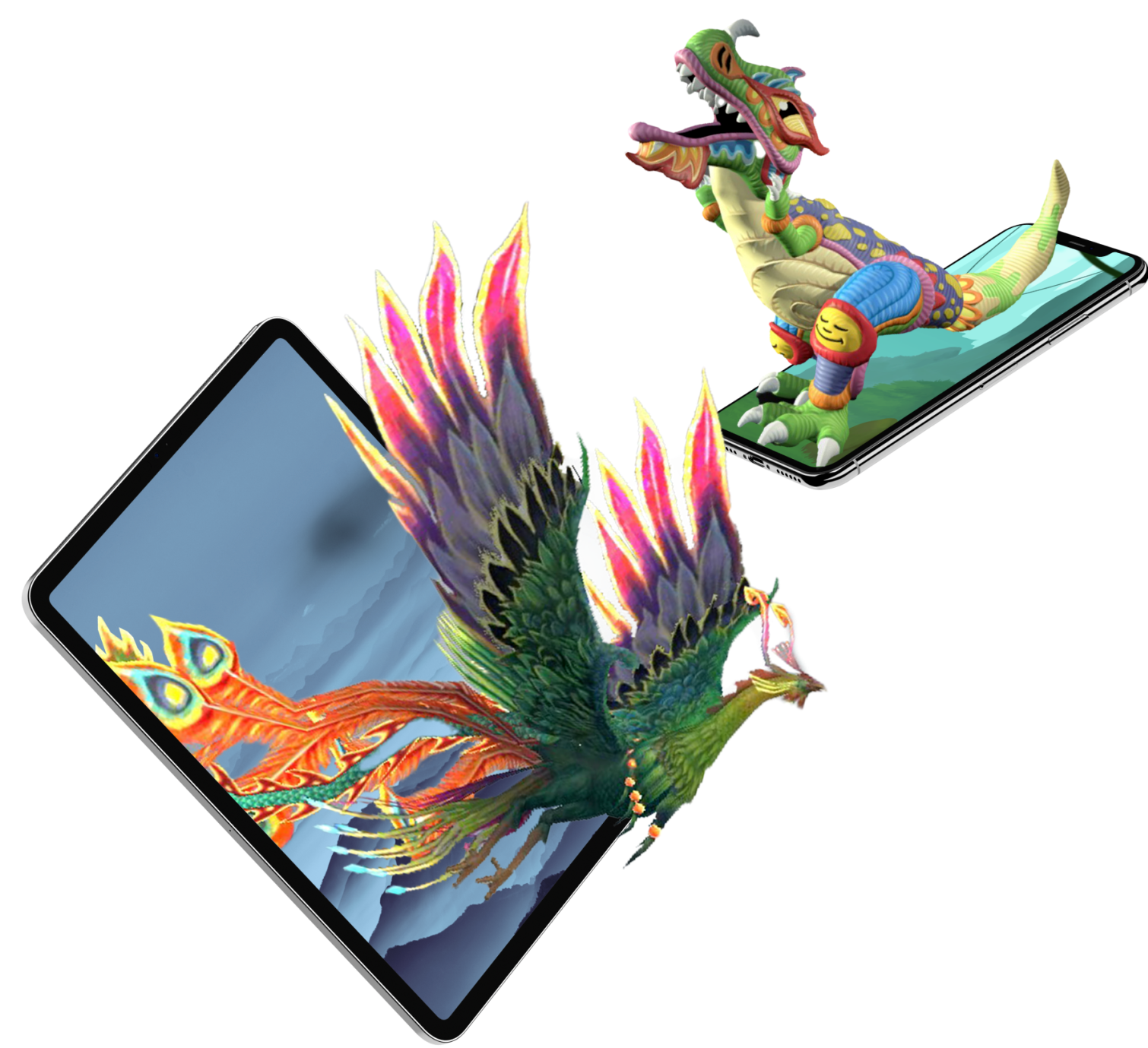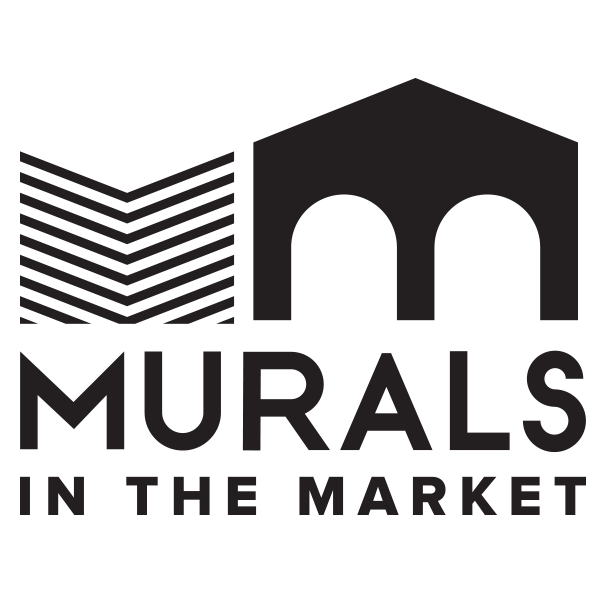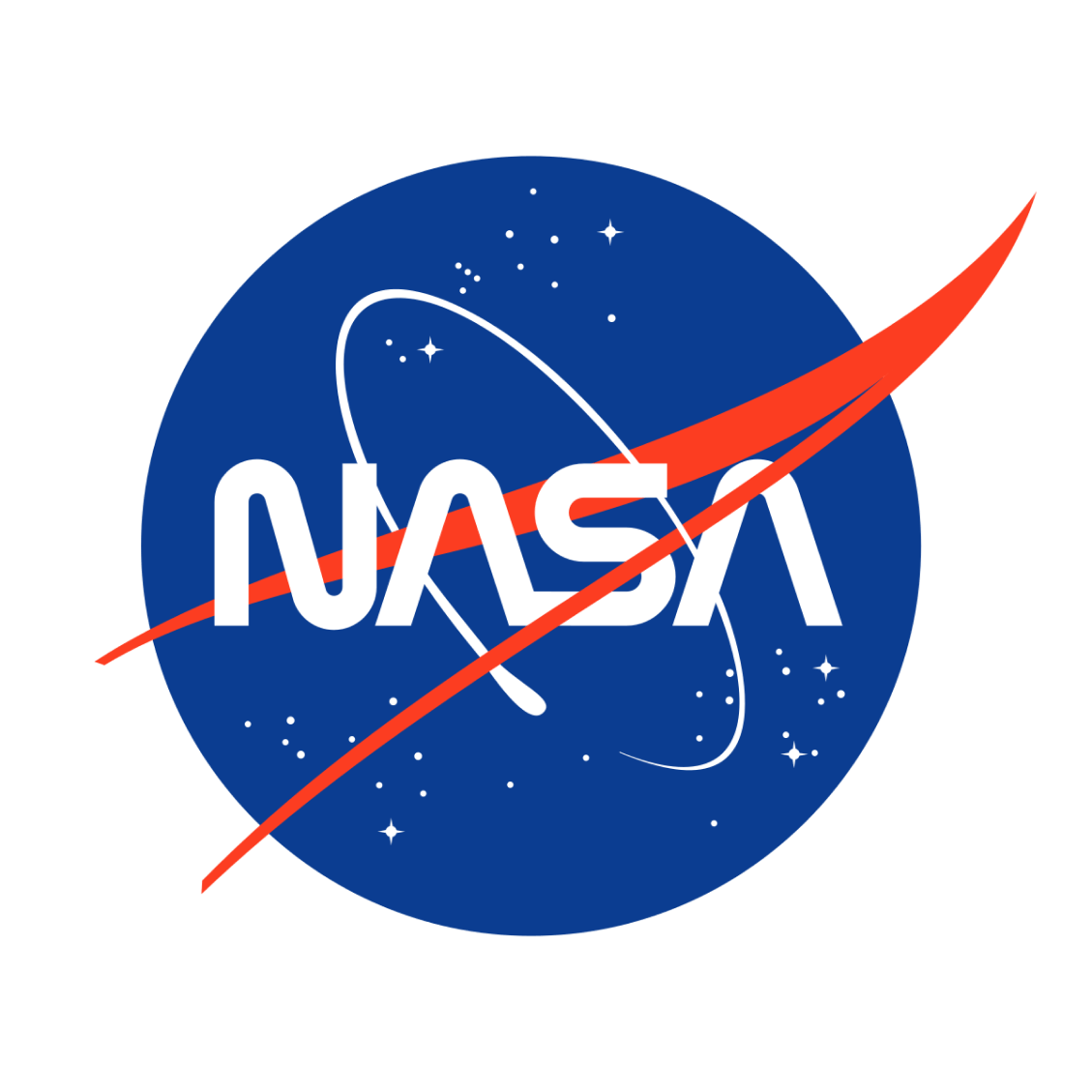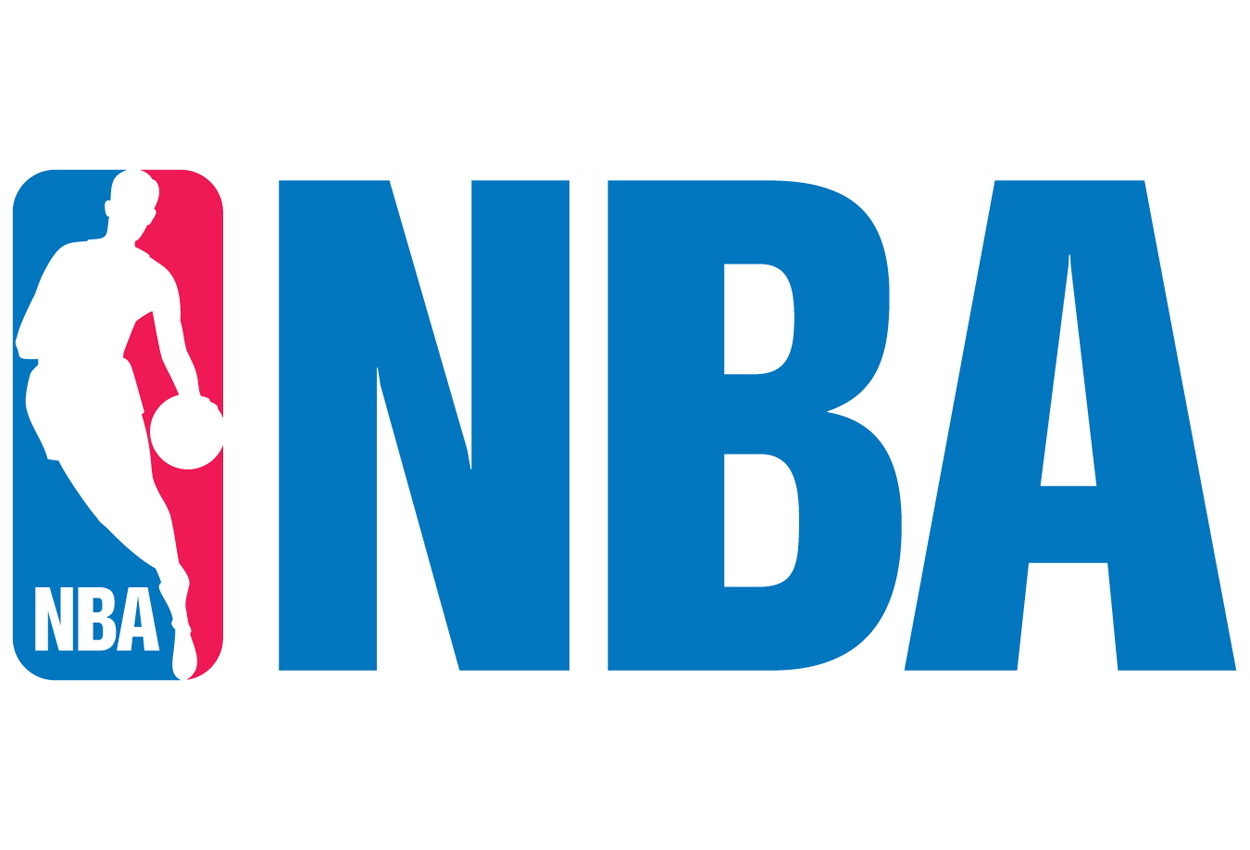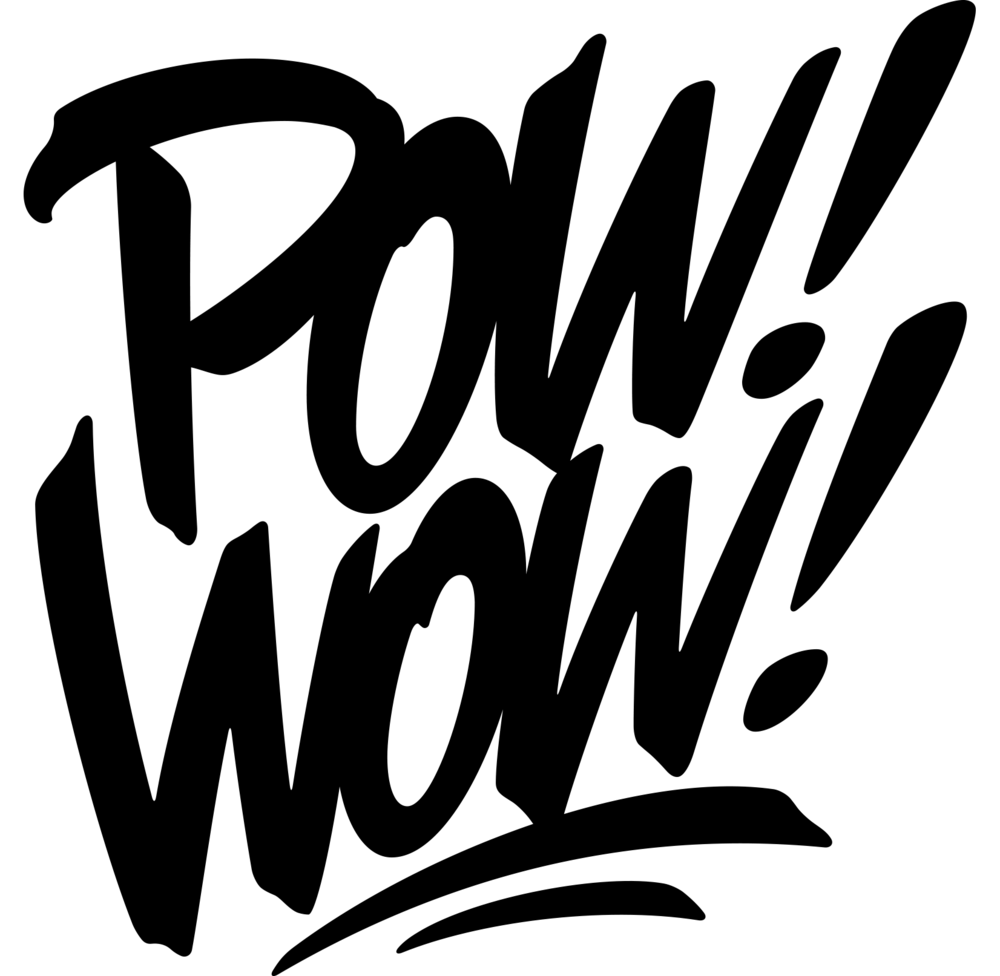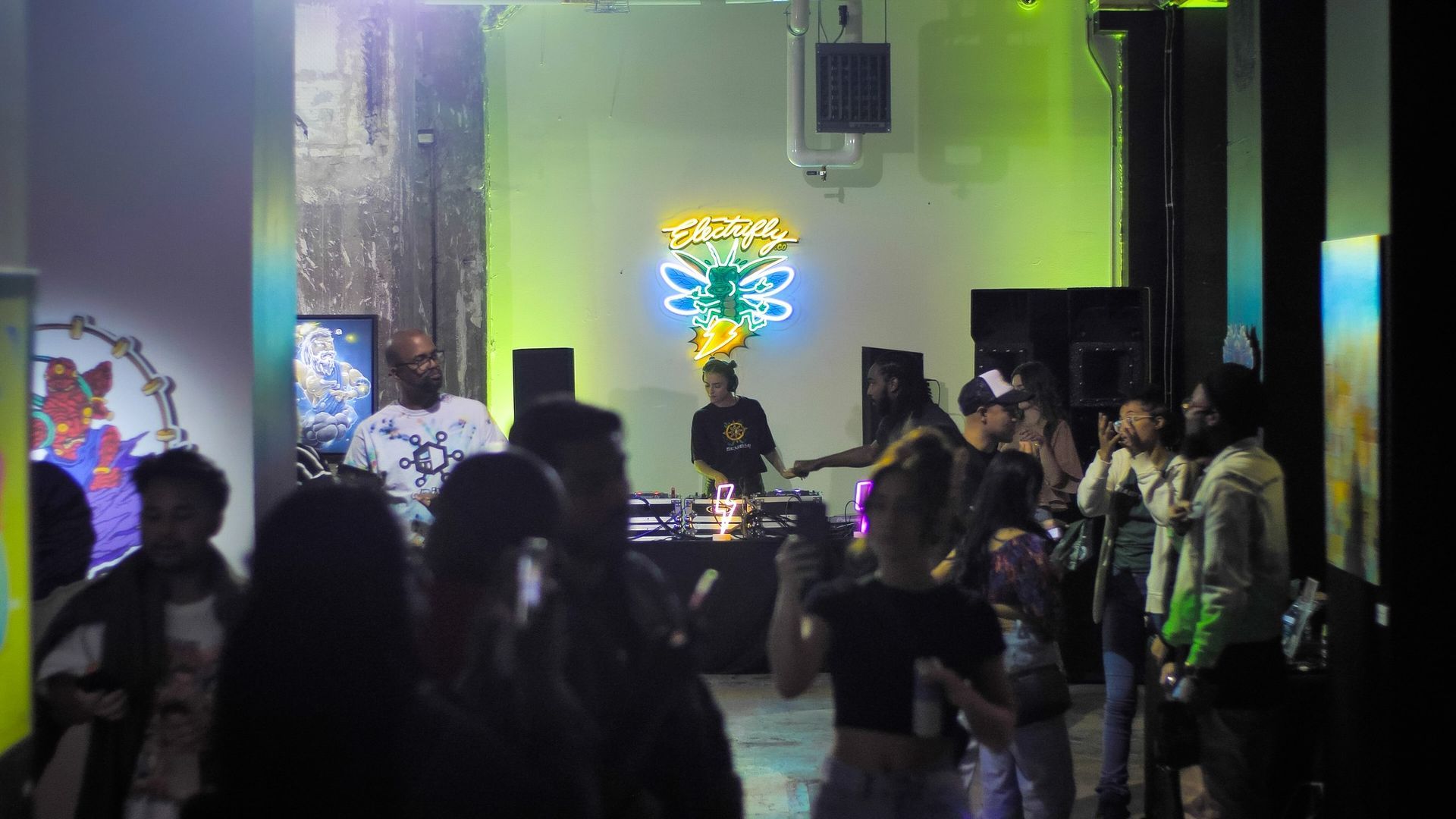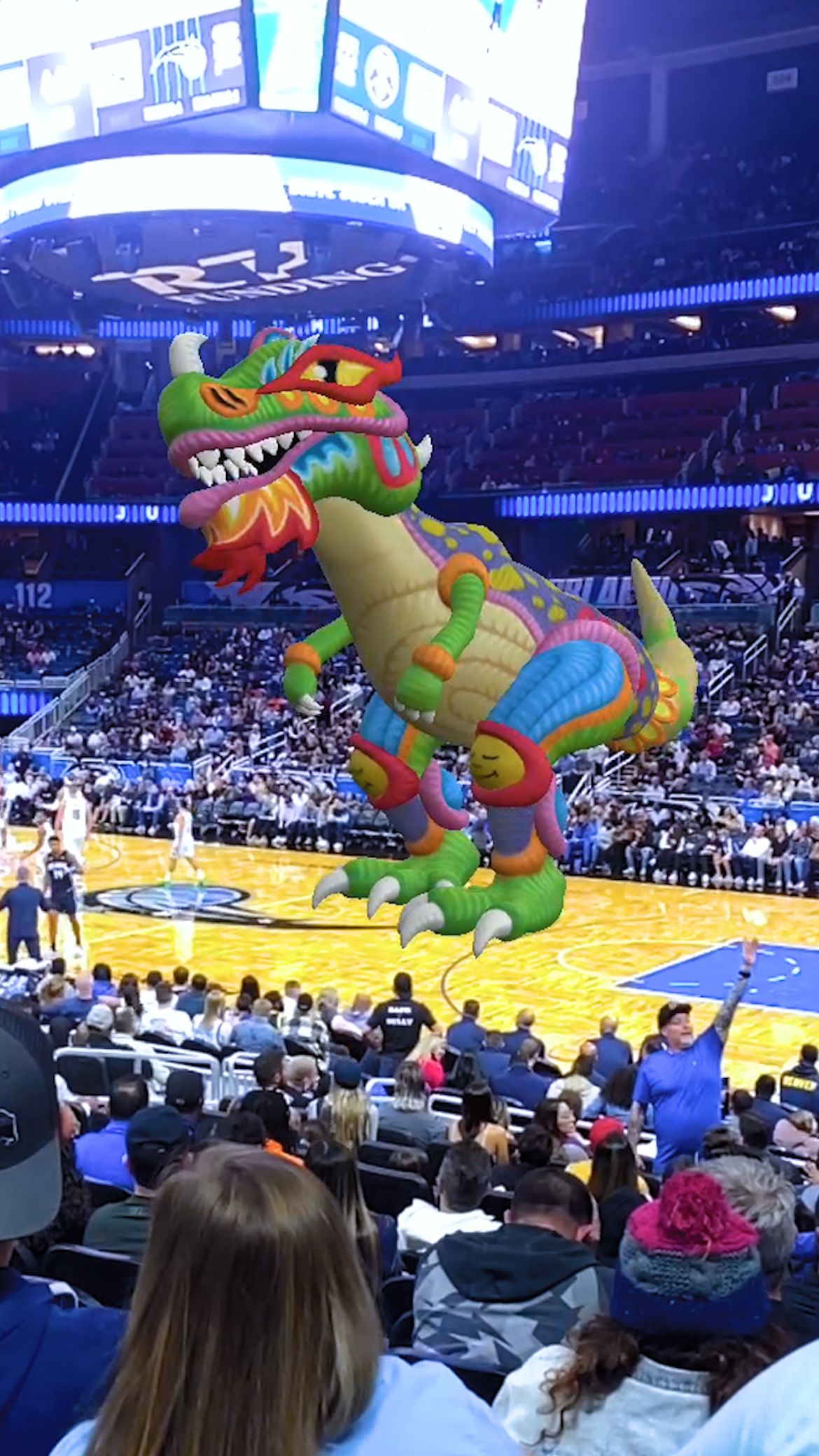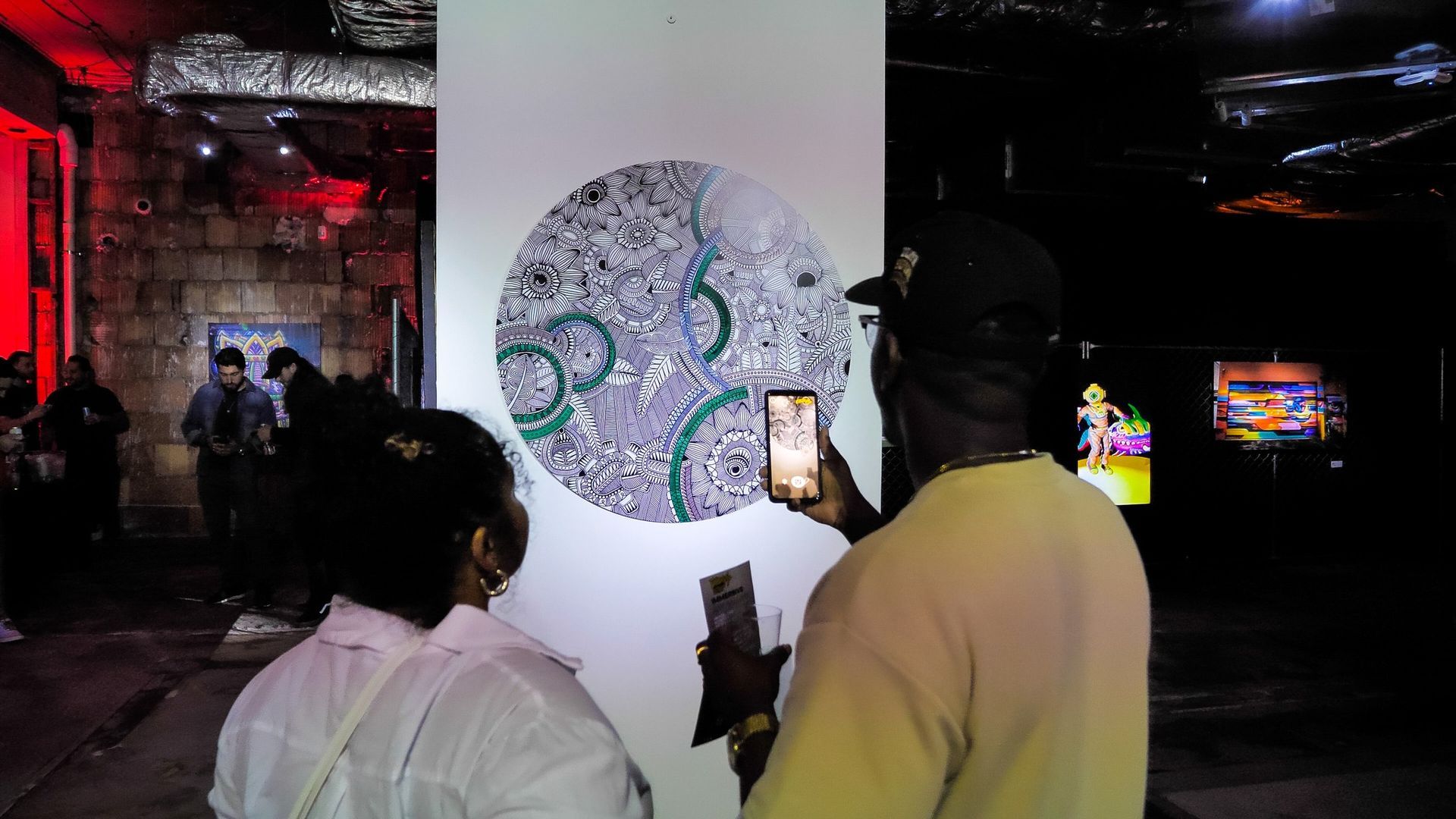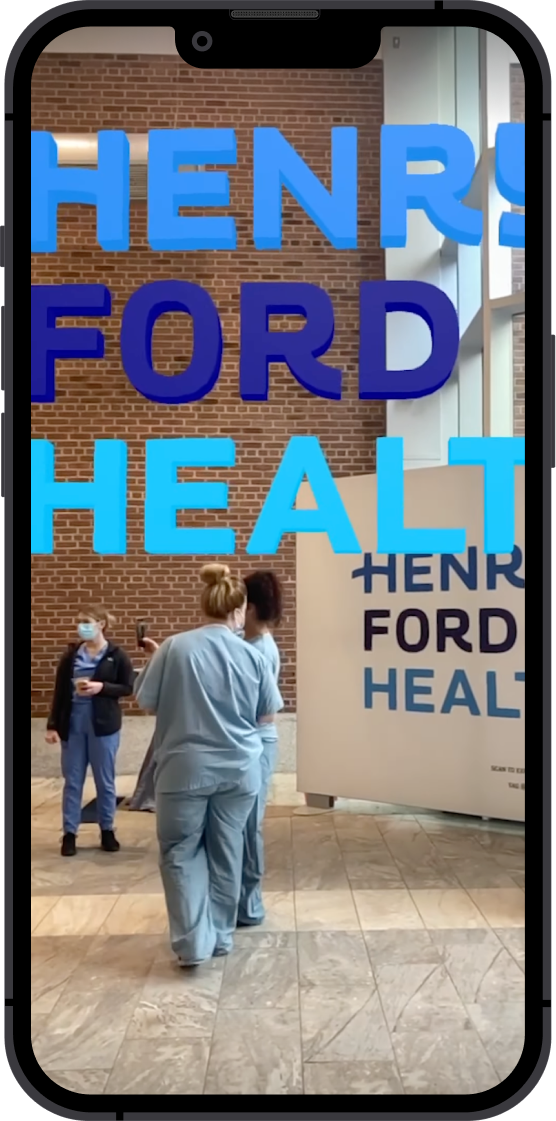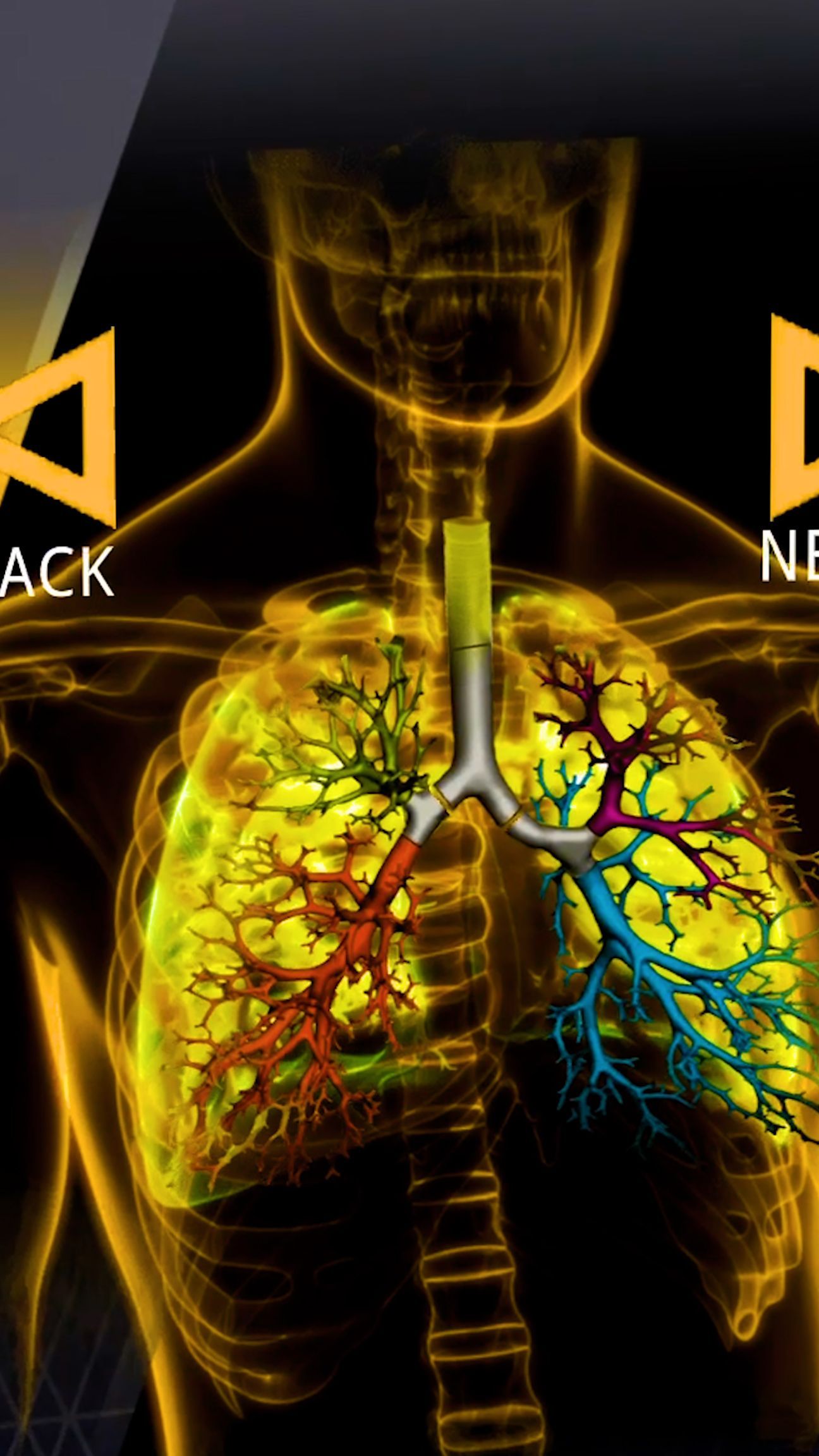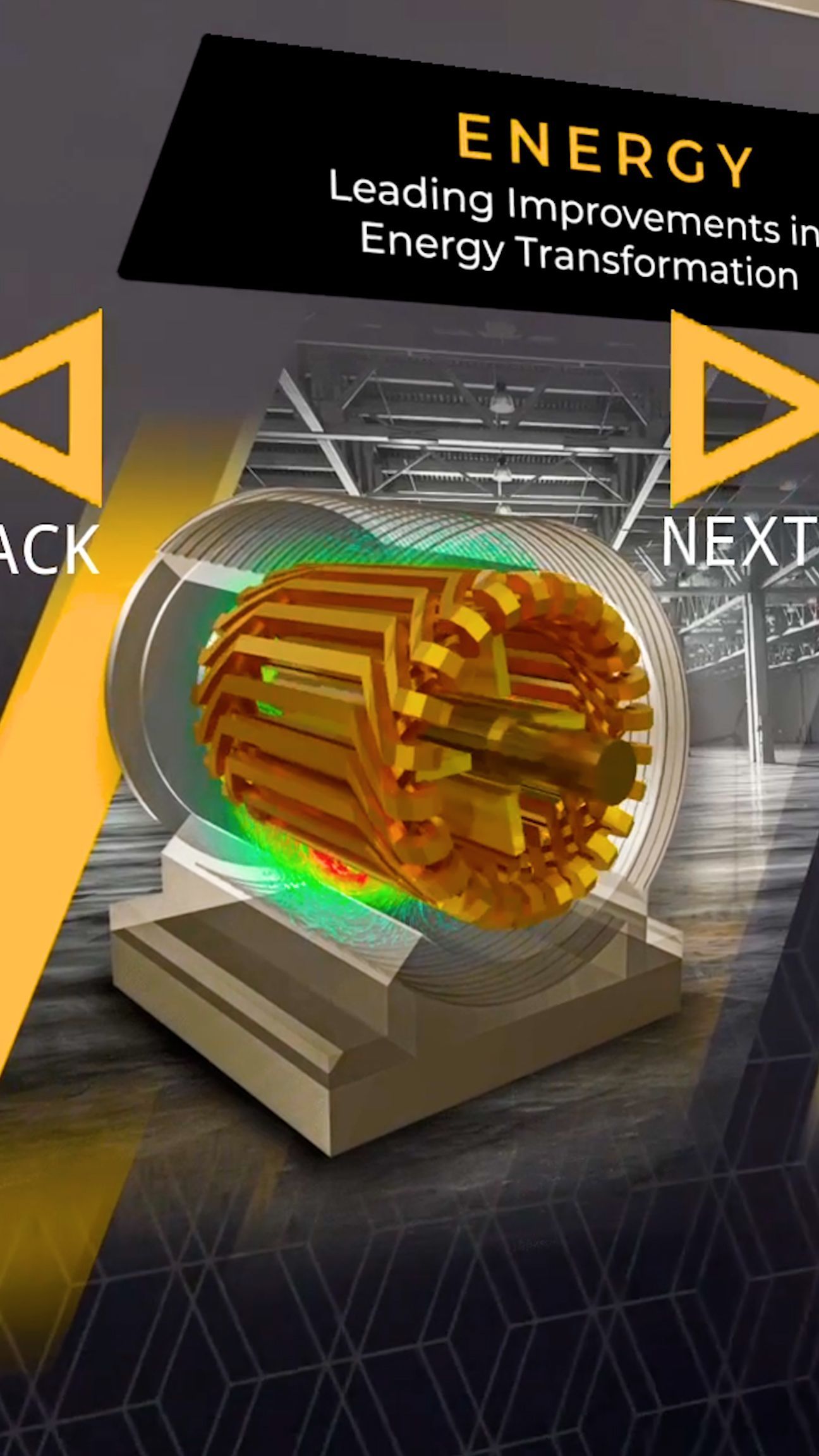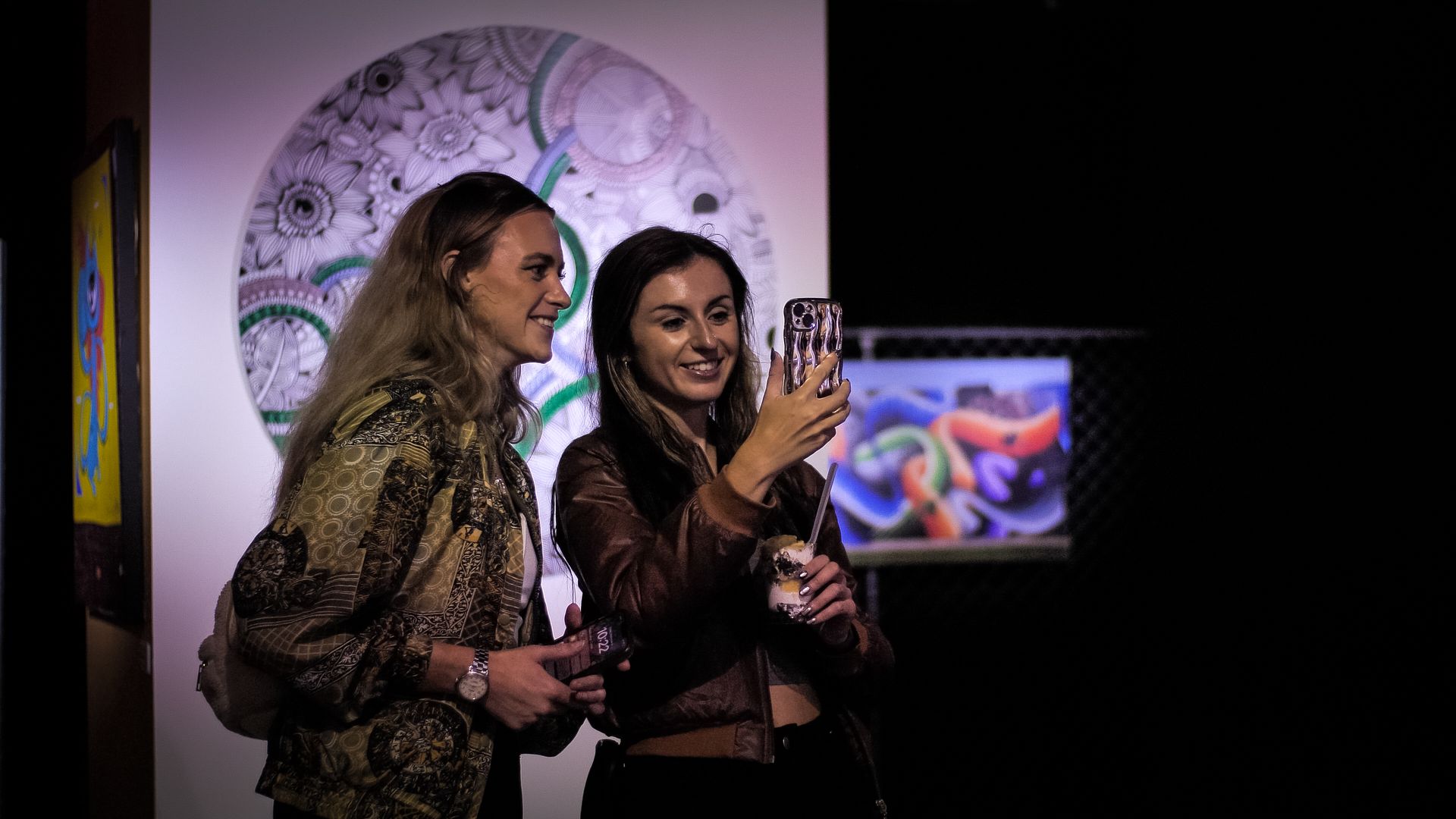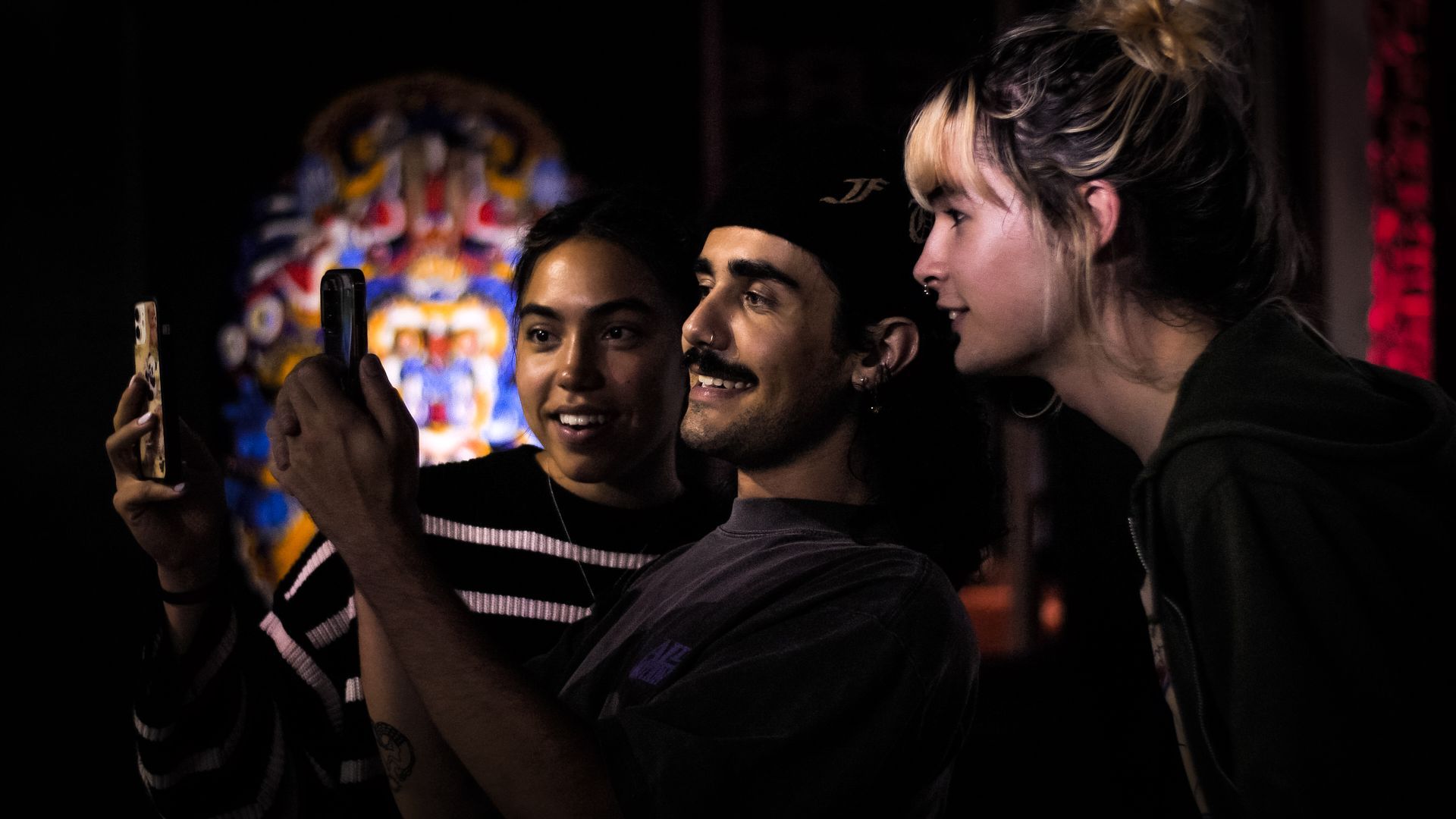Augmented Reality for Events
The event industry is constantly evolving, and as technology continues to advance, so do the opportunities for creating memorable experiences for attendees. One technology that has recently gained traction in the event space is augmented reality (AR). With AR, corporations, individuals and their event planners and marketers can create fully immersive experiences that engage attendees and leave a lasting impression.
Take Your Experience To The Next Level With AR
The event industry is constantly evolving, and as technology continues to advance, so do the opportunities for creating memorable experiences for attendees. One technology that has recently gained traction in the event space is augmented reality (AR). With AR, corporations, individuals and their event planners and marketers can create fully immersive experiences that engage attendees and leave a lasting impression.
So, how exactly is the event industry using augmented reality?
Below are some examples
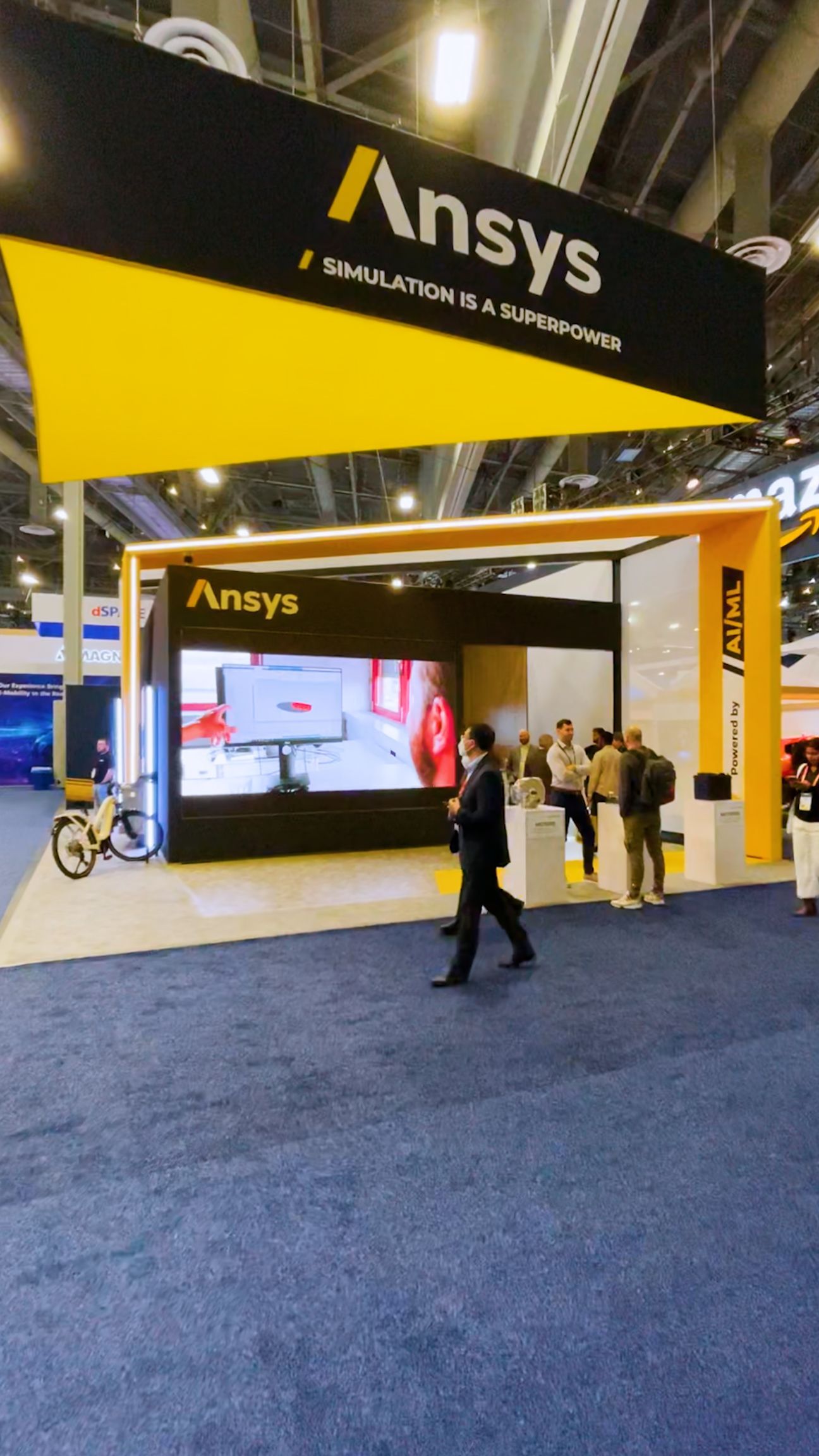
Ways to Use Augmented Reality in the Event Industry
- Product Demonstrations: AR can be used to showcase large, or complex products in a way that's both interactive and cost effective. For example, a car company could use AR to allow attendees to virtually see a launch vehicle’s features without the event producer or salesperson having to get the physical car into a showroom or onto the tradeshow floor.
- Interactive Exhibits and “AR Murals”: Augmented reality can transform static exhibits into dynamic, interactive experiences. For instance, a museum could use AR to bring exhibits to life, allowing visitors to explore historical artifacts in a whole new way. This allows the exhibits to be repurposed in different locations and for alterations to be made continuously. These experiences are also more naturally shared to social media given their “viral” nature. You can see similar examples through our industry-leading augmented reality mural work.
- Virtual Tours: AR can also be used to create virtual tours of venues or properties. This can be especially useful for trade shows or conferences, where attendees may never have the chance to visit the destinations being marketed.
- Training: AR and virtual reality can be powerful tools for corporate training, allowing employees to practice and refine skills in a safe, virtual environment. This also creates an exciting experience for employees that keeps them engaged at corporate retreats.
- Event Invites: Augmented reality can be used to create unique and interactive event invitations that are sure to stand out. For example, an AR invitation could allow attendees to preview what they can expect at the event or unlock exclusive content that gets them excited for the trip to come. Invites can be mixed reality leveraging paper invites and tickets, or fully digital in emails and mobile phone apps.
The possibilities for using augmented reality in the event industry are truly endless. With AR displays, 3D holograms, and other cutting-edge technologies, event planners can create fully immersive experiences that engage attendees and leave a lasting impression in the real world.
One of the key benefits of using augmented reality in events is that it can be tailored to the needs and goals of each individual event. Whether it's a trade show, conference, or product launch, augmented reality can help create a truly unique and memorable experience for attendees.
As the event industry continues to embrace technology, it's clear that augmented reality is set to play an increasingly important role. With its ability to create fully immersive experiences, AR has the potential to transform events and take attendee engagement to new heights. Whether you're a trade show organizer, a conference planner, or a product launch team, consider how augmented reality could help you create a truly unforgettable event experience.
Reach out to the BrandXR team for more information on how we can bring your next event to life.
Drive Foot Traffic with Augmented Reality for Events
How It Works
The event industry is constantly evolving, and as technology continues to advance, so do the opportunities for creating memorable experiences for attendees. One technology that has recently gained traction in the event space is augmented reality (AR). With AR, corporations, individuals and their event planners and marketers can create fully immersive experiences that engage attendees and leave a lasting impression.
01
Discover
A Creative Director will work with you on vision & visual targets, short-term and long-term goals.
02
Design/Develop
Working with our internal partners, we start to plan out how the experience will work with the technology and platforms’ requirements.
03
Test
This stage is all about making sure the experience meets the Goals & KPIs and is working as intended without any breaking issues. Internal testing is done during this phase.
04
Publish
This stage is all about getting the client’s final approval of the experience. Client provides confirmation they are happy with the final output and ready to proceed.
